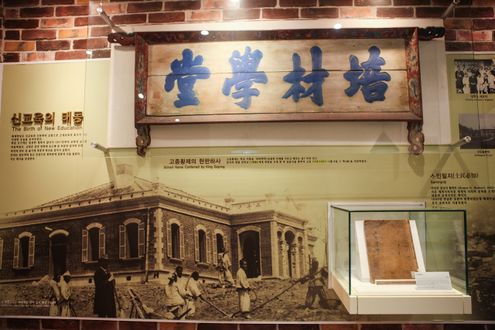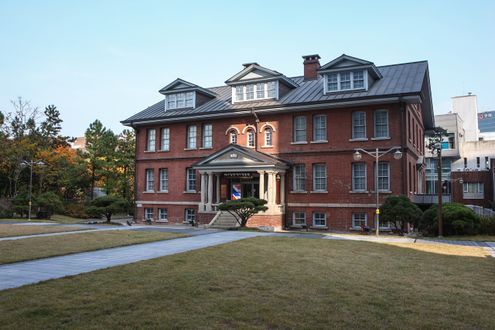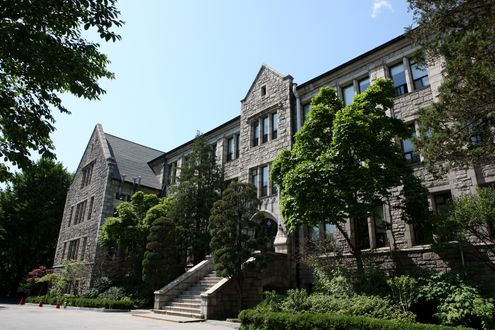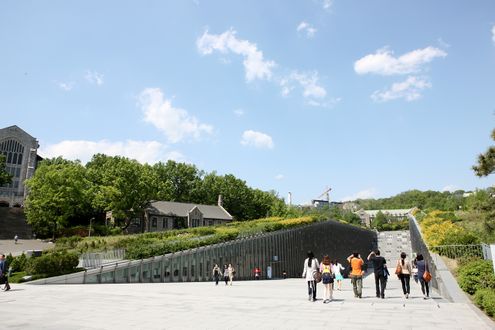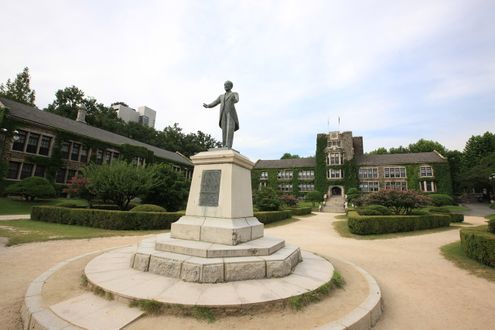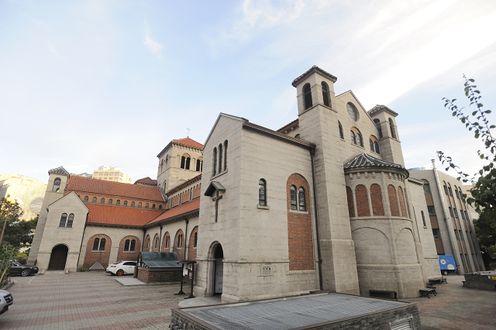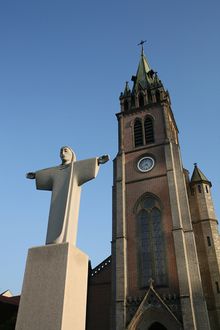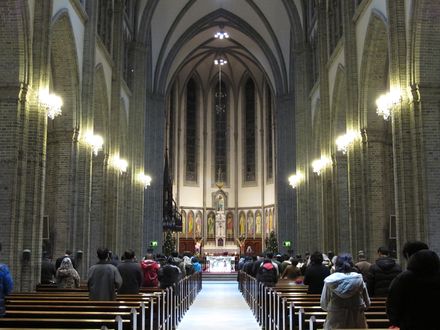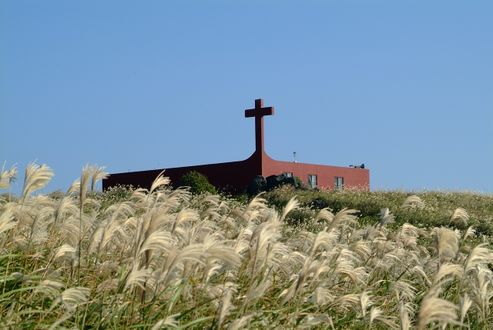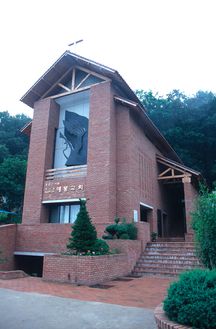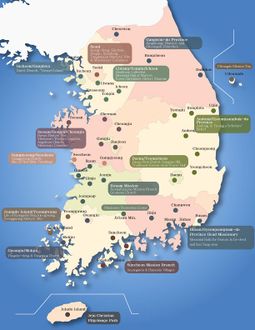From Persecution to Prevalence - Christianity in Korea
The history of Christianity in Korea is generally considered to start in the 17th century - much later than Confucianism or Buddhism - yet today, there are more believers of the Christian faith than any other organized religion in Korea. The history of the introduction of Christianity to Korea is unique in that it was initiated by Korean scholars who took an academic interest in Christianity as a teaching of Western civilization, rather than by Christian missionaries proselytizing in Korea.
After the Qing invasions (1636-7), Joseon bureaucrats who had been sent to Qing China began to take interest in Western civilization and started to import and academically study Catholic literature from China. Though at first they were critical of the teachings, some Joseon scholars began to believe in the faith and established local Christian organizations. The Joseon king and government initially took a lenient stance on the religion because Jesuit teachings, which were introduced to Korea at that time, sought a compromise with Confucian thought. However, after the Vatican dissolved the Society of Jesus, a doctrinal missionary policy was implemented which caused conflict between Christian and Confucian norms. As Christians who rejected Confucian rituals such as ancestral offerings began to appear, the government saw this as a threat to national control and began to vehemently suppress Christianity. For around 100 years, from 1791 until the opening of Joseon's ports in 1876, over 10,000 Catholics around the country – including nine French missionaries - became martyrs in large-scale persecutions.
Shortly after the opening of Joseon's ports in 1876, Protestant missionaries began to enter Joseon. In 1884, Horace N. Allen, a Protestant missionary, entered the country as an American diplomat and physician. He established the first modern medical facility in Joseon with the support of King Gojong, which later became Severance Hospital at Yonsei University. In 1885, more American missionaries came to Joseon, such as Horace G. Underwood (founder of Chosun Christian College, which later became Yonsei University), Henry G. Appenzeller (founder of Paichai Boys School and the first Methodist church in Seoul – Chungdong First Methodist Church), and Mary F. Scranton (founder of Ewha Girls School, which later became Ewha Womens University). In addition to introducing Western medicine and schools, the missionaries worked on the translation of the Bible into the Korean language.
Today, about 30% of South Koreans consider themselves Christian. Among these, around one-fourth are Catholic and three-fourths are Protestant. The rapid adoption of the Christian faith in Korea despite having been introduced much later than Confucianism and Buddhism is partly because Christianity, as an embodiment of Western civilization, played a key role in Korea's modernization, industrialization, and democratization movements in the latter half of the 20th century. Today, Korea is home to many megachurches, such as Yoido Full Gospel Church which has the largest congregation in the world with some 480,000 members, and churches play a key role in Korean communities abroad. South Korea also ranks second in the number of missionaries sent overseas (after the U.S.).
Related Articles
- Modern Education and Christianity
- The Opening of Joseon
- Society of Jesus
- Joseon
- Qing China
- Yi Seung-hun Peter
- Seo Sang-ryun
- Horace N. Allen
- Empress Myeongseong (Joseon)
- King Gojong (Joseon)
- Horace G. Underwood
- Henry G. Appenzeller
- Mary F. Scranton
- Severance Hospital
- Yonsei University
- Paichai Boys School
- Chungdong First Methodist Church
- Ewha Womens University
- Myeongdong Cathedral
- Yoido Full Gospel Church
References
- http://missionmagazine.com/main/php/search_view.php?idx=3583
- http://www.pewresearch.org/fact-tank/2014/08/12/6-facts-about-christianity-in-south-korea/
- Peterson, Mark. 2016. Korea's Religious Places. Seoul Selection.
